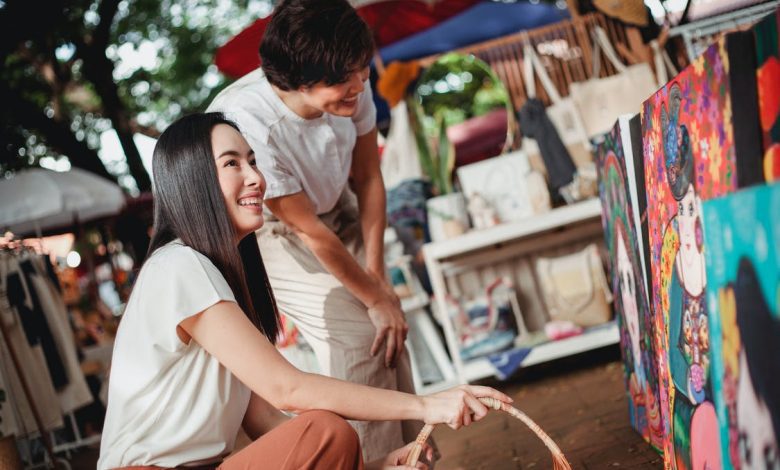Tips on Buying Your First Painting

We may learn a lot about people’s perspectives on the world and themselves by studying the art of the past. Since creating art is among humanity’s most pervasive activities, art history offers a way for us to comprehend our human past and how it relates to our present. Here are the tips on buying your first painting.
Decide What You Like
Your collection will be better the more education you have.
To educate yourself with various eras and styles, I advise visiting museums and art galleries. You may also utilize the internet, and Artsy in particular, to discover artists you were unaware of and to determine your personal taste. For instance, you might discover up-and-coming artists through galleries and organizations on the Artsy network.
Understand What You’re Purchasing
Are you merely purchasing something because you think it’s fantastic rather than because you truly love it? Or are you purchasing a product you adore but secretly wish to use as an investment? In the world of art, many kinds of acquisitions are made.
It’s a lot simpler if you buy it because you genuinely adore it. The only thing left to do is decide whether you can afford it and whether the cost justifies your enthusiasm for it. It’s a little bit trickier if you’re purchasing with the intention of investing in it and want it to have long-term worth in the future. For a first-time collector, it’s crucial to understand that there are many variables that influence the price of the artwork. For instance, a canvas work by the same artist is typically more valuable than a work on paper; another important consideration is whether the work is part of an edition or a unique creation.
Plan a Budget
You should really make a budget for yourself based on your financial means, and I would add that you should be ready to spend a little bit extra. Not any of the paintings I’ve bought—at least not yet—but the ones I choose not to buy are the things I wish I had. They were items that were just a bit out of my price range, but man, I still wanted everything. I missed the opportunity after that. Trust your gut if you truly adore it. True love lasts forever, as my grandma used to say. Establish a budget and be prepared to spend a little extra, A, because there are costs associated with shipping, insurance, and other items; nevertheless, B, if it’s something you truly adore and it’s somewhat out of your price range, I would advise “stretching.” Because life is so brief, you want to be motivated.
Conduct Research
In order to avoid becoming overwhelmed by the art world, you should network. I advise speaking with additional collectors, appraisers, experts, or gallerists (but be aware that gallerists are trying to sell you something). The listed price is always the sale price, as you’ll discover once you get some knowledge of the art industry. Galleries can offer discounts to collectors as a way of rewarding a collector for their loyalty or as a way of establishing a relationship with a new customer. Do your research, then.
Recognize That Size Matters
Make sure this will fit in your apartment or house. I can’t count the number of times people I know, particularly early collectors, have fallen in love with a piece, purchased it, and then discovered that when they got it home, it didn’t fit over their mantle. Before you purchase an artwork, you must be quite certain that you have the appropriate wall space for it.
Monitor Your Purchases
Save emails, invoices, and receipts to create a clear, verifiable trail from the artist to the owner. This documentation is crucial if you intend to appraise or sell a work in the future.
Key Takeaway
The satisfaction of producing beautiful works of art that people appreciate pushes people to advance their skills and provides artists a sense of pride and enjoyment in their job. Every age can benefit from painting, and it’s never too late to take up a new pastime.





